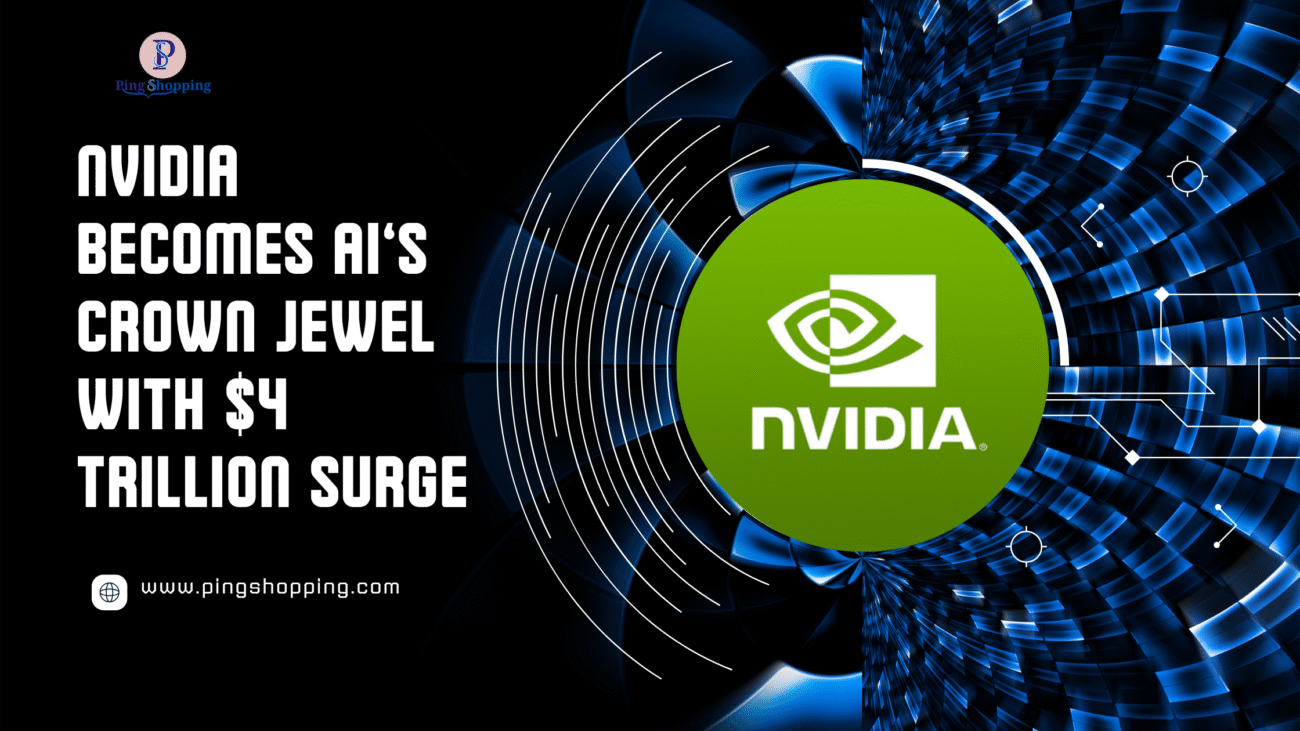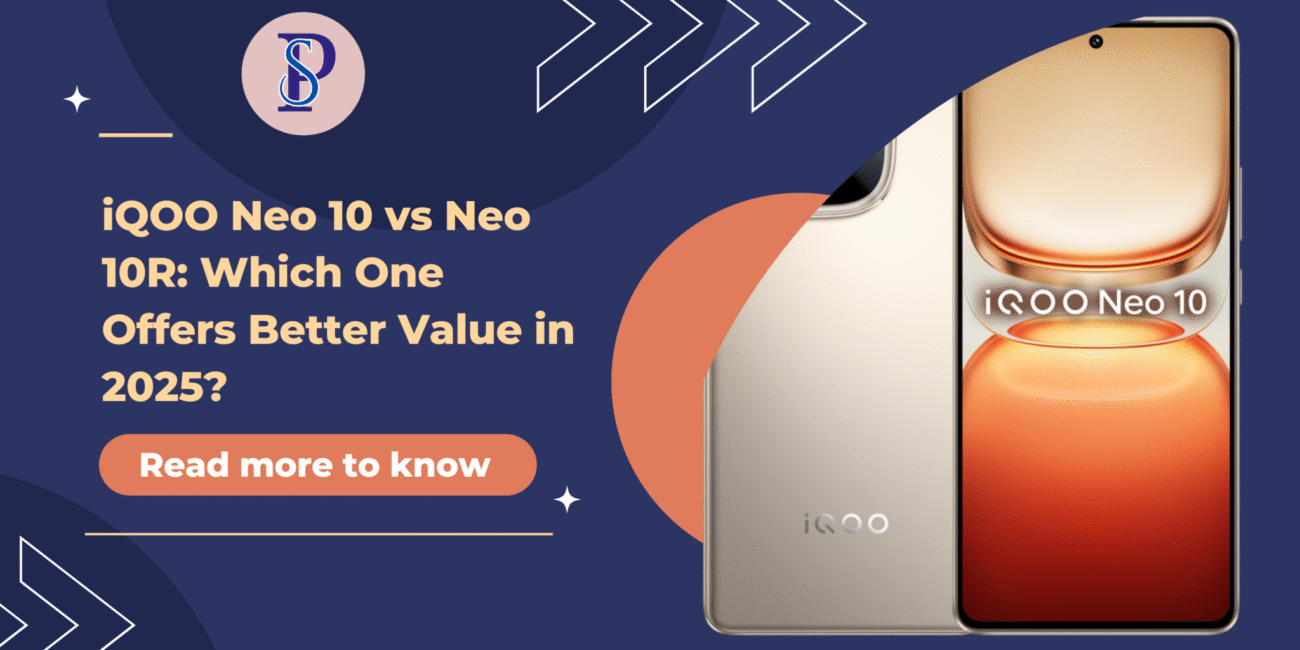Nvidia has solidified its position as the world leader in artificial intelligence (AI) hardware. It has briefly reached a $4 trillion market value, becoming the first company in history to achieve this milestone during intraday trading. What was once a niche maker of graphics cards for professional gamers has evolved into the backbone of the AI revolution, powering some of the most powerful technologies humanity has ever known.
Table of Contents
The Rise from Silicon Valley to Market Dominance
Started in 1993, Nvidia initially gained fame for manufacturing GPUs (graphics processing units) for gaming PCs. Through the years, the processors of the company have become not only tools for gamers but also critical parts for high-performance computing and deep learning. When OpenAI rolled out ChatGPT in late 2022, it set off a global sprint to create AI infrastructure, and Nvidia’s chips stood as the sole sure bet.

Since then, its valuation has grown multifold. It hit a $1 trillion market value in June 2023, crossed $2 trillion early in February 2024, and just a year later, in July 2025, reached the $4 trillion level, trebling its worth in merely 13 months. This rise eclipsed even technology giants such as Apple and Microsoft, the sole two U.S. firms earlier to reach the $3 trillion mark.
AI Boom Drives Wall Street Mania
Investor interest in AI technology has hit a fever pitch, and Nvidia is at the eye of the storm. Nvidia’s H100 and A100 chips are a building block for training large language models, powering data centers, and running real-time AI services across sectors. With tech giants like Microsoft, Amazon, and Google depending heavily on Nvidia’s chips, Wall Street sees the chipmaker as a proxy for the future of computing.
Its impact is so enormous that Nvidia currently has a 7.3% weighting in the S&P 500 index, just ahead of Apple (7%) and Microsoft (6%). To put that into perspective, Nvidia is currently more valuable than the entire publicly traded stock market of the United Kingdom and higher than the total market caps of Canada and Mexico combined.
Overcoming Headwinds: China, Competition, and Regulation
Regardless of its meteoric success, Nvidia’s journey has not been smooth. In the early part of this year, China-based AI company DeepSeek launched a cut-price language model that had experts warning of impending demand slowdowns for costly chips. Moreover, geopolitical tensions and U.S. limits on high-end chip exports to China have promised to seal a $50 billion market for Nvidia.
In May 2025, the firm reiterated that export restrictions on its China-targeted H20 chips would amount to a $8 billion loss of sales. CEO Jensen Huang termed the restrictions a “tremendous loss” but pointed to China’s pivotal position as a source of long-term business. Nevertheless, Nvidia’s capacity to diversify customers and innovate with chips has stood it in good stead.
Competition from alternative suppliers like AMD and new players continues to build. AMD is encroaching on budget-minded AI buyers with cheaper chips. The competitive advantage Nvidia enjoys as a lead player in the space, ample R&D spend, and established software ecosystem (e.g., its CUDA environment) put the company in an excellent competitive position.
Finances and Valuation
The numbers behind the news are as staggering as that news. For its fiscal first quarter of 2025, Nvidia had $44.1 billion in revenue, up 69% compared to the same quarter last year. Its net income for the quarter was $0.81 per share. For Q2, Nvidia is estimating revenue of $45 billion, plus or minus 2% (reporting on August 27).
Though Nvidia has a high valuation, its 32 12-month forward P/E is below its 3-year average of 37. This means that even after the huge growth, investors still believe Nvidia’s fundamentals are worth its market cap.
What the Future Holds
Nvidia’s future is tied to AI penetration across all regions of the world. As other industries (i.e., healthcare and finance, logistics and entertainment) accept the use of AI tools at scale, we will continue to see positive demand for Nvidia products. The further investment in AI infrastructure by cloud leaders Amazon, Microsoft, and Google keeps Nvidia chips in demand. With continued innovation, partnerships, and control of software and hardware for AI, Nvidia will continue to be the leader in this technological revolution.
Conclusion
It has made a record-breaking but historic rise to a $4 trillion market value, which is not just a record-breaking feat—it’s a demonstration of the extent to which the AI revolution is revolutionizing the world economy. From powering chatbots and autonomous vehicles to enabling scientific breakthroughs, the tech giant has become the titan of the age of AI. As the world barrels towards an increasingly intelligent future, Nvidia is leading the charge, chip by chip.





